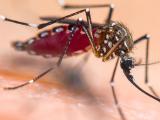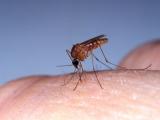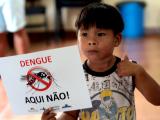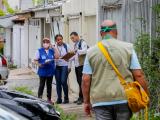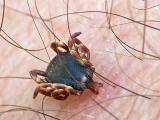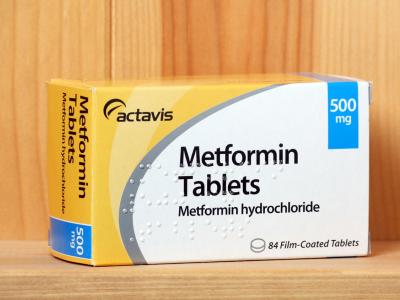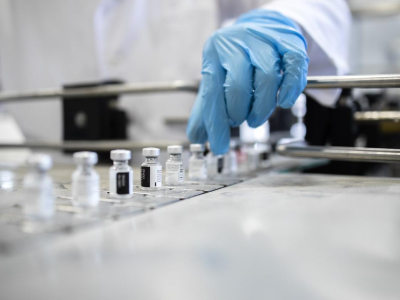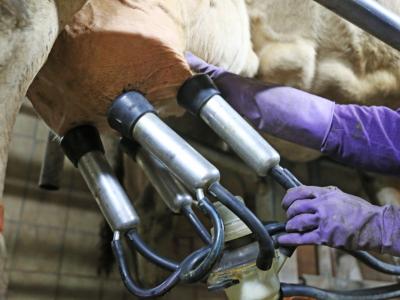May 20, 2010 (CIDRAP News) Signaling a second front in the US fight against dengue infections, the Centers for Disease Control and Prevention (CDC) said evidence of the virus has been found recently in 28 people who live in or visited Key West, Fla., prompting intensive mosquito control efforts and alerts to doctors.
Since 1980 dengue infections have been sporadically detected near the US-Mexico border, but the CDC said these are the first cases to be diagnosed outside that area since 1945 and Florida's first since 1934. In August 2005, a dengue outbreak in Brownsville, Tex., hospitalized 25 people, 16 of them with dengue hemorrhagic fever, the most dangerous form of the disease.
The first case that came to the CDC's attention was that of a 34-year-old New York woman who sought medical care in August 2009 three times for headache, fever, and other symptoms before she was tested for dengue and found to have antibodies to dengue virus serotype 1 (DENV-1). She got sick as she returned from a 1-week Key West visit, during which she received many mosquito bites.
A few weeks later, a 48-year-old Key West man saw his doctor for similar symptoms, including a truncal maculopapular rash. At a follow-up visit he asked to be tested for dengue, because he had heard of possible dengue transmission in the area. A private lab identified dengue antibodies in the man's serum sample, as did another test conducted by the CDC.
Meanwhile, a nurse at the county health department learned that the man's wife had similar symptoms, and the CDC confirmed her dengue diagnosis as well.
In response, the Florida Keys Mosquito Control District (FKMCD) increased spraying to reduce adult mosquito populations and launched a door-to-door campaign to identify and eliminate mosquito breeding sites. In related surveillance, two Aedes aegypti mosquito pool samples collected in October tested positive for DENV-1. The county health department and the FKMCD conducted a public education campaign, and the Florida Department of Health and the CDC have been educating southern Florida physicians about early diagnosis, prevention, and treatment of dengue infection.
In the wake of the three cases last fall, the CDC and FDH conducted a seroprevalence study of 240 residents to determine the extent of dengue infection in the Key West area. They found that 13 (5.4%) had evidence of recent dengue infection.
County officials put out a call for physicians to send serum samples of all patients with possible dengue symptoms to the CDC, which yielded nine more positive samples. A review of medical records from acute care facilities turned up four more cases, two of which were already included in the seroprevalence study, bringing the total, including the woman from New York, to 28.
Onset dates for the Key West residents ranged from July 22, 2009, to Apr 5. In its report today, the CDC described the most recent case, in a 41-year-old man who was hospitalized with dengue symptoms including petechial rash and gingival bleeding. State laboratory testing revealed antibodies against both dengue and West Nile virus.
Over the last three decades, the CDC said, dengue infections in South America, Central America, Mexico, and the Caribbean have increased fourfold, presumably from rapid urbanization leading to the spread of manmade containers that serve as mosquito breeding sites. It said increased international travel and lack of effective vector-control methods have also contributed to the spread of dengue.
Because of increasing numbers of dengue infections in US travelers returning from the Caribbean, South America, and Asia, raising the risk of local transmission through mosquitoes and blood transfusions, the Council of State and Territorial Epidemiologists classified dengue as a nationally notifiable disease in 2009.
However, the CDC said the reasons for dengue's reemergence in Florida are unclear. It said the disease could have been present earlier but is only now being detected. Though environmental and social contributors to dengue spread haven't changed much in the area, the CDC said the volume of international travel and Florida's popularity as a tourist destination may play roles in disease spread.
The CDC praised public health officials for reporting the index patient in New York in a timely manner and said it was the key to diagnosing the dengue illnesses in Key West. The agency urged clinicians to consider dengue when assessing febrile patients who have recently visited subtropical areas of the United States as well as other tropical destinations.
CDC. Locally acquired dengue, Key West, Florida, 2009-2010. MMWR 2010 May 21;59(19):577-81 [Full text]
See also:
Aug 9, 2007, CIDRAP News story "Dengue fever expanding its foothold in Texas"



